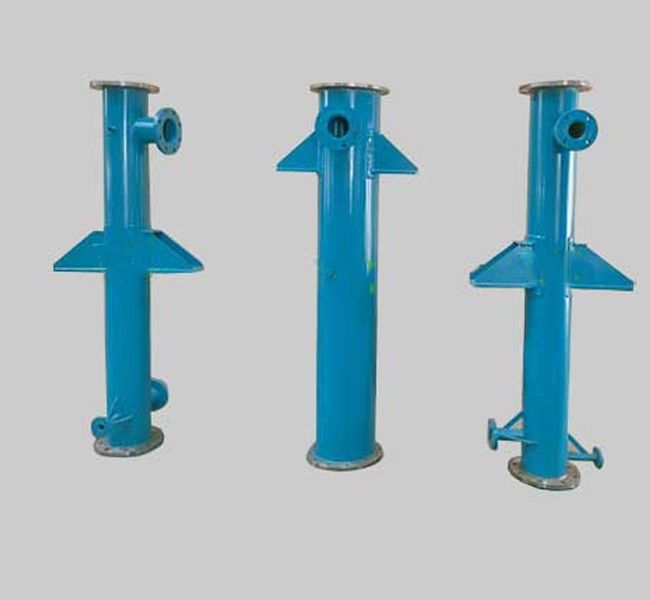Viswasuta Engineering Pvt. Ltd. is commited effective implementation of quality management system to achieve & enhance satisfaction of our all-interested parties, our engineers, workers & staff, stake holders, external providers & customers.
viswasutaengineering@gmail.com
Ground Floor, Gat No 675/2, Pune Nashik Highway, Opp Bharat Forge, Khed, Pune - 410501, Maharashtra, India

